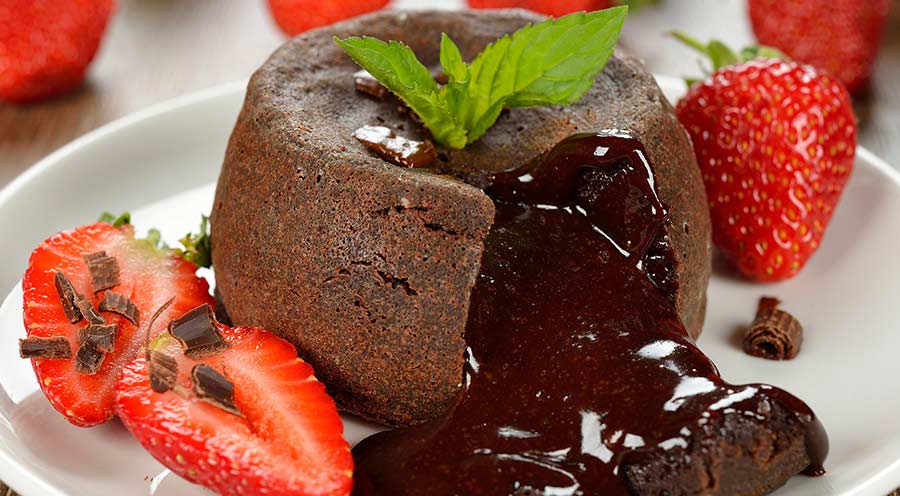Do you love a little sweetness in your life? If your answer is “Yes, but I also care about my health”, then xylitol is the ideal sugar replacement for you. 1 It looks and feels like sugar, but adds 30 – 40 % less calories to our diet. 5.2
With a low glycaemic index, there’s no sugar spike and then crash³, and xylitol actually provides health benefits too! For example, it’s good for your teeth1 [link to teeth blog] and it doesn’t feed candida.5
As it has no aftertaste and provides about the same amount of sweetness, you can use similar quantities as you would with sugar, making it perfect for baking.²
A few tips on using xylitol:
- Xylitol doesn’t break down like sugar when you mix it into other ingredients. For some recipes, you may want to grind it first, so the finer ground granules can be absorbed more easily into the mixture.2.4
- Taste as you prep to make sure you have the right level of sweetness.4
- If you’re planning to freeze baked goods, add just a little more xylitol as it tends to lose sweetness in the freezer.4
- Bear in mind that it doesn’t work as a raising agent when used with yeast and it doesn’t caramelise when heated.2
- Sugar helps to brown baked goods, so bear in mind that xylitol-sweetened products may be paler than normal when cooked. Watch out for over-cooking! ³
- Xylitol absorbs much moisture, and you may need to adjust recipes for things like brownies and cookies. Also consider taking them out of the oven just a little earlier.⁵
Lastly, but oh so important when you are baking with a sugar alternative that needs to be stored. Sugar keeps food moist, so when you’re using xylitol instead, it’s worth wrapping your creation in clingfilm before you store it3 – assuming it lasts that long of course!
Adcock Ingram Healthcare (Pty) Ltd. Reg. No. 2007/019928/07. Private Bag X69, Bryanston, 2021, South Africa. Tel. +27 11 635 0000 www.adcock.com. 1016961 01/2017.


